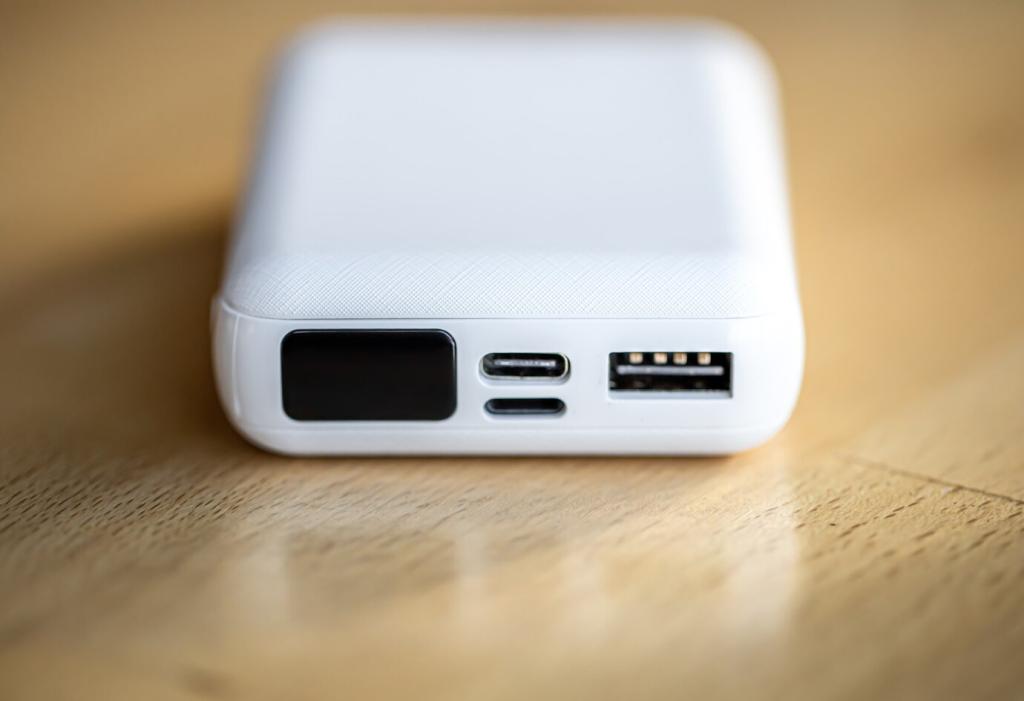Bright Beginnings: Solar Panel Installation for Homes

This is the heading
Lorem ipsum dolor sit amet, consectetur adipiscing elit. Ut elit tellus, luctus nec ullamcorper mattis, pulvinar dapibus leo.

This is the heading
Lorem ipsum dolor sit amet, consectetur adipiscing elit. Ut elit tellus, luctus nec ullamcorper mattis, pulvinar dapibus leo.


Getting Started: Site Assessment and Sun Mapping
South-facing roofs often yield the best output, but east and west orientations can work well too. Evaluate trees, chimneys, and nearby buildings, using shade analysis to plan efficient panel placement.
Getting Started: Site Assessment and Sun Mapping
A sturdy roof keeps panels secure in wind and storms. If your shingles are aging, consider reroofing before installation to avoid dismantling later and to maximize system longevity.
System Types and Core Components
Monocrystalline panels typically offer higher efficiency and a sleek look, while polycrystalline options can be budget-friendly. Efficiency matters for smaller roofs, helping you squeeze more power into less space.
Costs, Incentives, and Payback
While installation is an investment, solar’s fuel is free. Over time, reduced bills and minimal maintenance often outweigh initial expenses, especially in areas with higher electricity rates.
Costs, Incentives, and Payback
Many regions offer tax credits and local rebates that lower costs. Net metering can credit you for surplus power sent to the grid, accelerating payback and strengthening system economics.
Costs, Incentives, and Payback
Payback periods vary by local rates, incentives, and roof conditions. A transparent proposal should show production estimates, cash flows, and sensitivity scenarios to help you plan confidently.
Installation Day: What to Expect
Permits and Inspections
Your installer typically handles permits and coordinates inspections. Expect electrical and structural checks to ensure the system meets code, utility rules, and safety standards before powering on.


Mounting and Electrical Work
Crew members secure racking to rafters, install flashing to keep the roof watertight, mount panels, and complete conduit runs, then connect the inverter and monitoring gateway carefully.
Cleaning and Seasonal Care
Rain handles most cleaning, but occasional rinsing helps in dusty climates. Keep branches trimmed, check roof hardware seasonally, and schedule professional service if output suddenly declines.
Performance Monitoring Apps
Apps display daily production, historical trends, and alerts. Set notifications to catch inverter faults early, compare seasons, and share your milestones with friends curious about going solar.
Warranty Essentials
Look for panel output warranties around 25 years, product warranties for hardware, and labor coverage. Understanding terms now prevents surprises and keeps your investment protected long term.
Design Choices and Aesthetics
All-Black vs. Silver Frames
All-black modules create a uniform, elegant look, while silver-framed options can be slightly cooler and budget-friendly. Balance appearance, heat behavior, and performance in your final selection.
Hidden Conduit and Cable Management
Thoughtful routing keeps lines tidy and discreet. Ask about attic runs, color-matched conduit, and roof-integrated hardware to preserve visual harmony without compromising safety or service access.
Ground Mounts, Carports, and Alternatives
If the roof is shaded or small, consider ground arrays or solar carports. These options unlock better orientation and create functional spaces with shade and weather protection.



